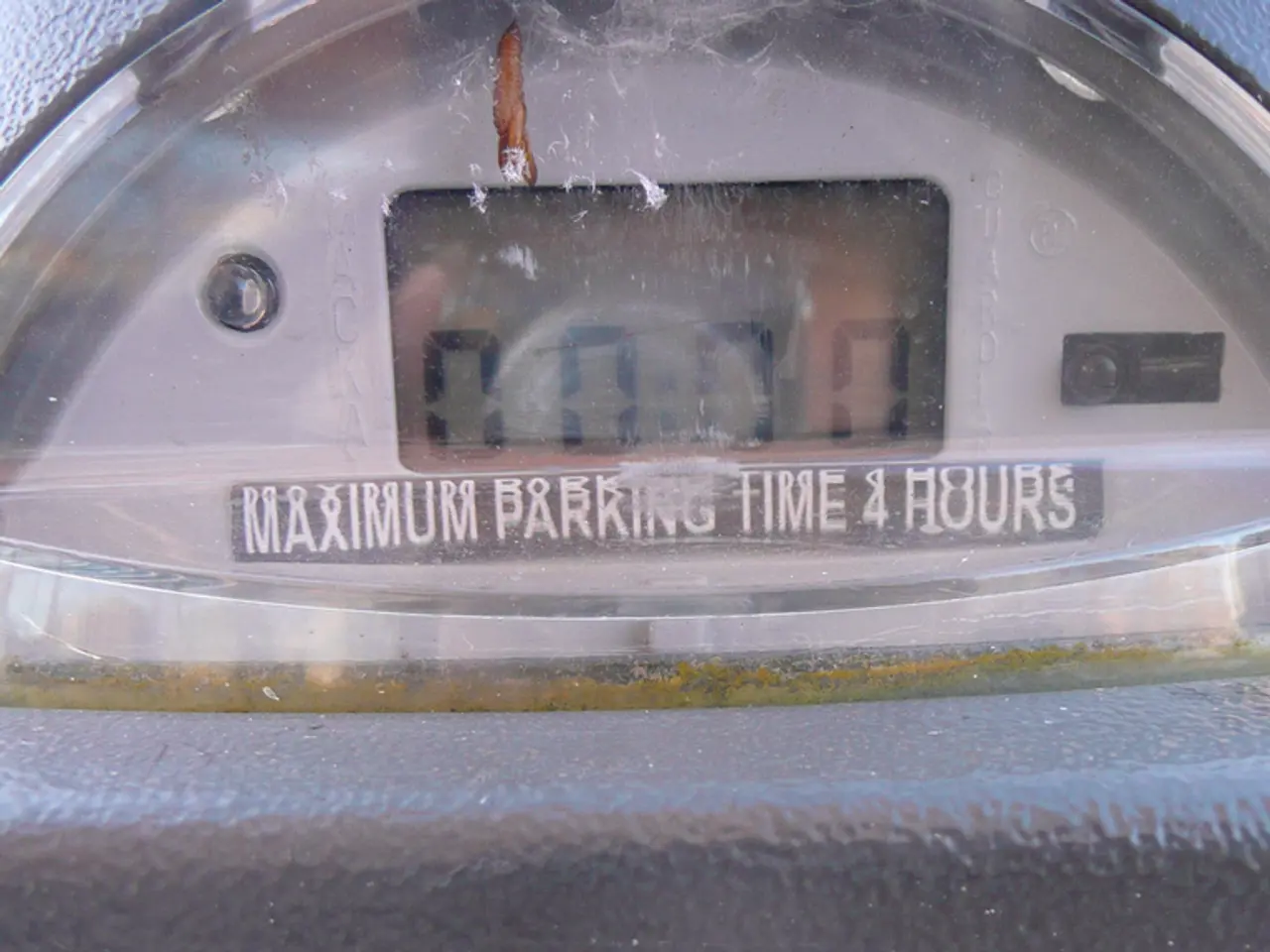Progressing magnetic technology: the next generation of breaking solutions
In the realm of transportation, the future is magnetic. The latest advancements in magnetic braking technology are focusing on adjustable torque control, non-contact operation, energy efficiency, and integration with advanced electric systems.
One of the key developments is the use of magnetic powder brakes. These innovative brakes allow for precise adjustment of braking torque by varying the magnetic field strength, enabling highly consistent and controllable braking without physical contact. This not only reduces wear and maintenance needs but also contributes to a safer driving experience [1].
Regenerative braking mechanisms, like those integrated into systems such as the Hyperloop, are another significant development. These mechanisms capture and reuse braking energy to recharge batteries or supercapacitors, improving overall energy efficiency and sustainability of high-speed magnetic levitation transportation [2].
In general transportation and industrial motor applications, fail-safe electromagnetic brakes with enhanced reliability and energy efficiency are becoming widespread. These brakes support industrial automation and safety, with innovations like IoT-enabled predictive maintenance and integration with electric vehicles' systems to enhance performance and reduce downtime [3][5].
Electromechanical braking systems (EMB), closely related and often integrated with magnetic technology in EVs, bring advantages such as lighter weight, faster and more reliable assembly, better braking control, and lower maintenance compared to traditional hydraulic systems. They also facilitate the integration of regenerative braking and advanced vehicle control systems [5].
These advancements underscore a trend toward more precise, energy-efficient, and low-maintenance magnetic braking systems for next-generation transportation, including emerging high-speed concepts like the Hyperloop and electric vehicles. The combination of adjustable magnetic braking, regenerative energy capture, and smart electronic integration are key features of the most recent innovations in this field.
Electric cars are increasingly adopting magnetic braking systems to boost efficiency and reduce wear and tear on traditional friction-based brakes, often using regenerative braking to convert kinetic energy into electrical energy.
Research into intelligent fabrics with magnetic properties could lead to wearable technology for enhanced personal safety systems. However, it's crucial to ensure that the benefits and potential concerns of magnetic technology are widely understood through user education [6].
Impact assessment ensures that the widespread adoption of magnetic braking systems does not inadvertently lead to environmental or social harm. Advanced magnetic suspensions are used in the aerospace sector, notably in high-speed trains, where traditional friction brakes are replaced with magnetic levitation and braking systems to improve performance and reduce friction losses [7].
Technology development partnerships between governments and industries can drive down the cost for new magnetic braking systems. Permanent magnets, a core component of magnetic braking systems, have seen improvements through advancements in magnet technology, with new materials like rare earth magnets offering higher magnetic strengths and better performance [8].
Modular design allows for phased integration, reducing the financial burden for existing infrastructure. In braking solutions, advancements in magnetic technology offer benefits such as improved efficiency, quicker response times, reduced maintenance requirements, and increased reliability.
As we move forward, it's exciting to see how magnetic braking technology will continue to shape the future of transportation, enhancing safety, efficiency, and sustainability.
References: [1] Magnetic Powder Brakes: A New Era in Braking Technology [2] Regenerative Braking in Hyperloop: Energy Efficiency and Sustainability [3] Fail-Safe Electromagnetic Brakes: Enhancing Industrial Automation and Safety [4] Electromechanical Braking Systems in Electric Vehicles [5] Integration of Regenerative Braking and Advanced Vehicle Control Systems [6] User Education: Ensuring Understanding of Magnetic Technology Benefits and Concerns [7] Advanced Magnetic Suspensions in Aerospace: High-Speed Trains and Magnetic Levitation [8] Improvements in Permanent Magnets for Magnetic Braking Systems
- The integration of magnetic technology in sports gear could revolutionize athletic performance by enabling the development of smart fabrics with magnetic properties.
- Advancements in science and technology have led to the creation of magnetic suspension systems, which can also apply to sports equipment like hoverboards, enhancing balance, speed, and maneuverability.




